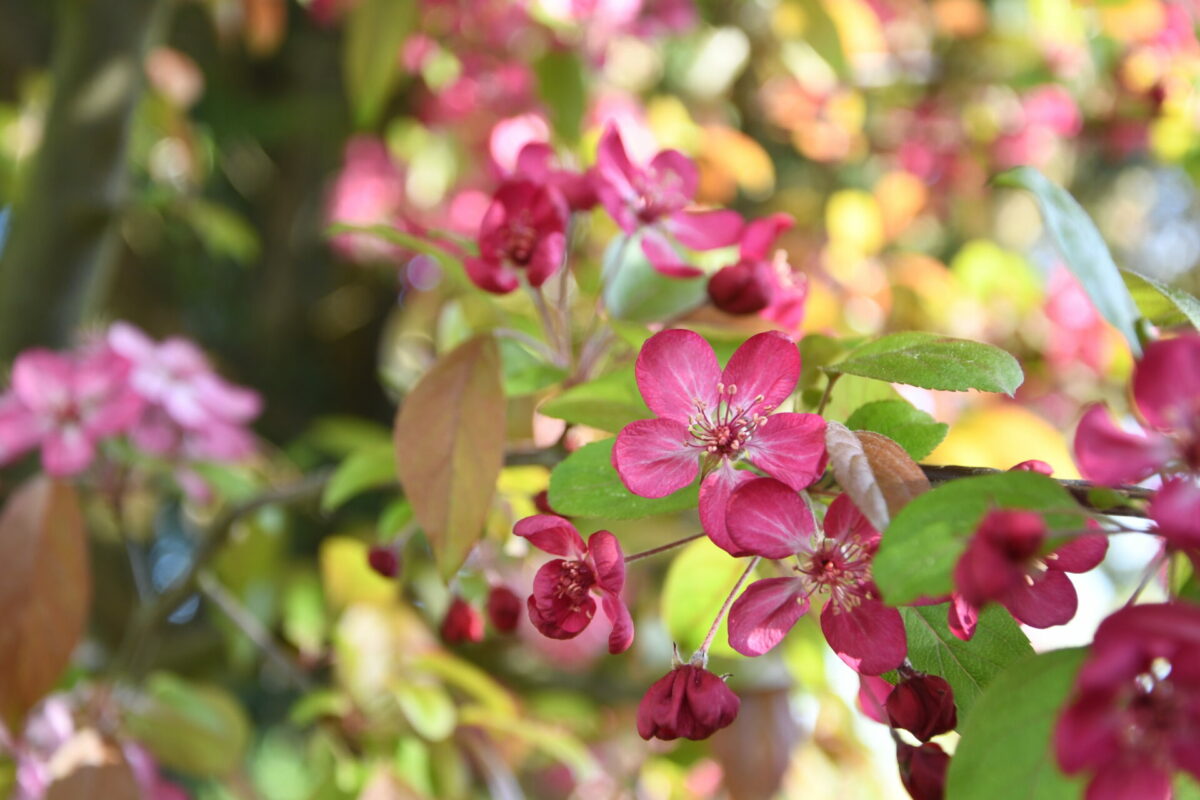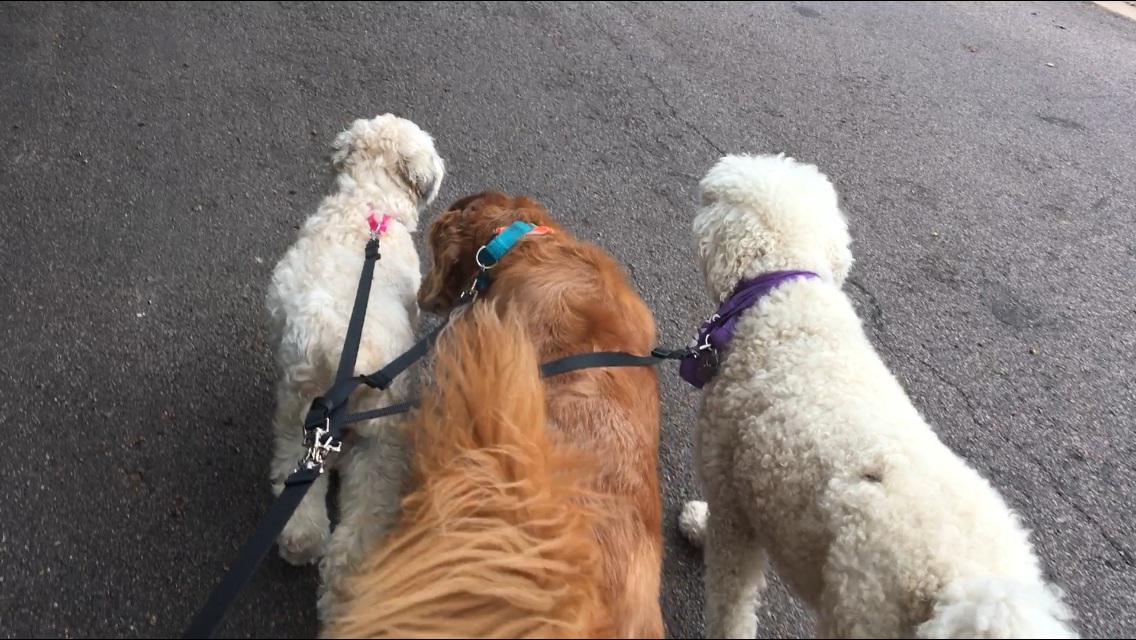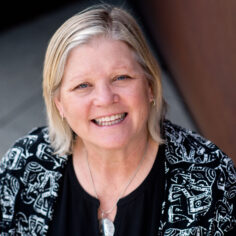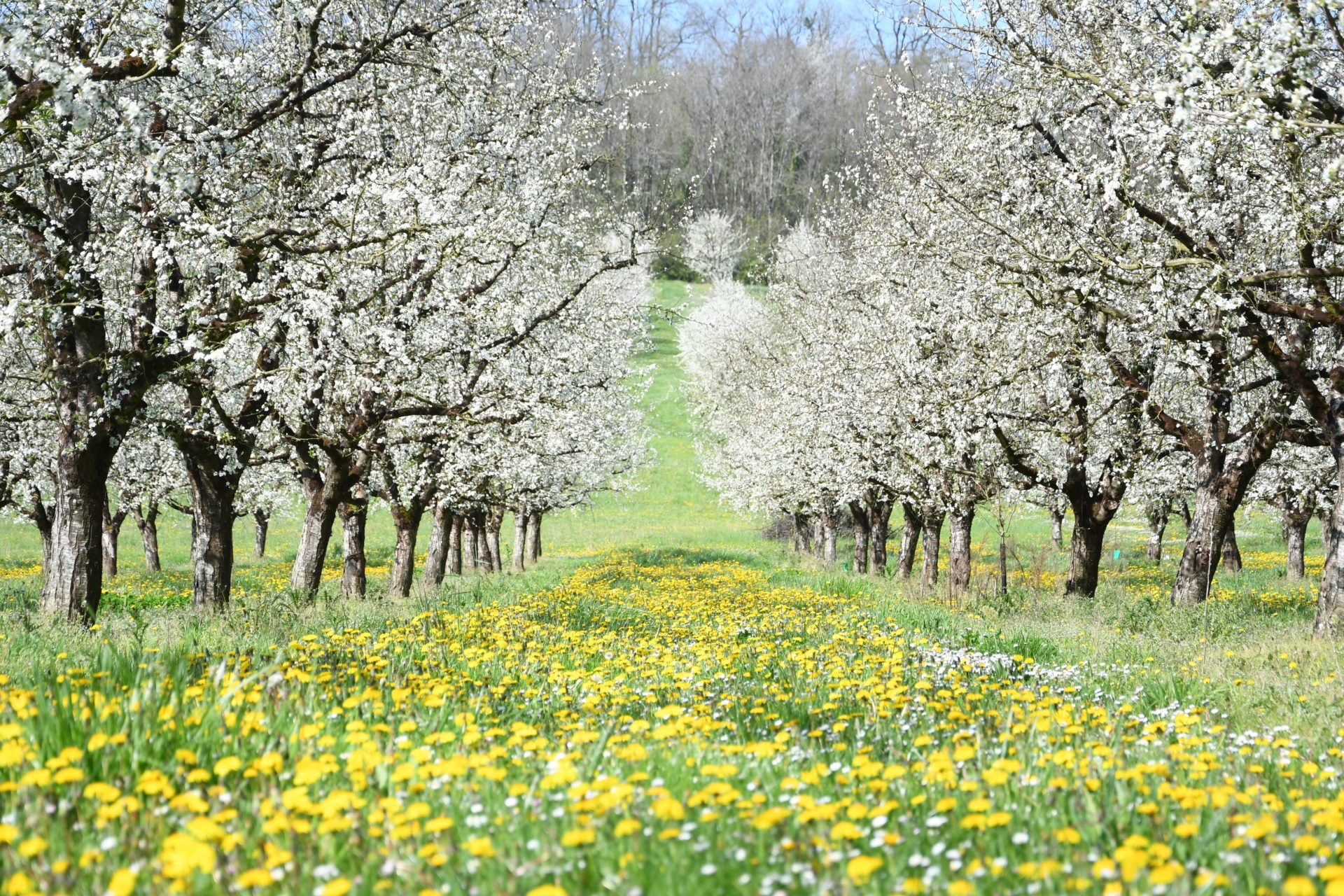By Lisa November in March 2021

In the mud of the pandemic and racial oppression, the lotus has been the deepening of practice and awareness in my life. In a way, I feel as if those of us who have been sheltering in place are in our own personal monasteries, more able to work on our own paths as we navigate this new reality that gives us twists and turns every day.
By Lisa November in March 2021

In the mud of the pandemic and racial oppression, the lotus has been the deepening of practice and awareness in my life. In a way, I feel as if those of us who have been sheltering in place are in our own personal monasteries, more able to work on our own paths as we navigate this new reality that gives us twists and turns every day.
In my musings, I have wondered: is this really the most difficult time humanity has faced in our long existence on planet Earth? When I read the discourses and sutras left by the early followers of the Buddha, I am convinced that it is impossible to quantify whether this is indeed the most difficult time on Earth. I say this because of the wealth of wisdom and practices left to us by our ancestors. Such beautiful and long-lasting lotuses surely must spring from some very rich mud!
Earlier this summer, I read the sutra Invoking the Names of Bodhisattva on the Plum Village website.1 It is taken directly from the book by Thich Nhat Hanh, Chanting from the Heart, and it is an incredibly beautiful and touching translation. In it, we invoke the names of the five bodhisattvas, starting with Avalokiteshvara. We are told in the beginning of this sutra that our listening can actually relieve the suffering of the world. How could this be? I decided to try to practice “listening with all (my) attention and openheartedness” and to listen without prejudice, without judging or reacting. I would listen to understand and listen to hear what was being said and what was being left unsaid. This continues to be a good exercise for me to practice. I admit that every day I fall short of doing this sort of listening because I often forget to stop and remind myself to listen first. Still, I see how I have increased my listening and, most probably, decreased my talking.
So, has this practice actually decreased suffering in my world? Yes, because it has decreased my internal suffering and increased my understanding of others. It has molded me into a more compassionate partner, daughter, sister, friend, and neighbor. Here is an example. My wife and I live in a very conservative neighborhood, in a very conservative city, in a very conservative state. Yes, you read that right: my wife. I also just gave myself away as an LGBTQ+ person living in a place that doesn’t accept or celebrate LGBTQ+ people very much.
How can I be courageous and live by my own standards and ethics and still aspire to accept others exactly where they are, when they see me as something foreign, at best, and something downright sinful, at worst? I can stop, take a conscious breath, and listen to them. It is, in part, accepting them where they are. We can talk about our dogs, because talking about the variety and richness of the LGBTQ+ community is not going to be our first conversation. Do you know what I have found? People who may condemn “my lifestyle choices” will talk to me about the things that matter to them. This creates a small crack, a little breakthrough, in the gay armor that I think protects me. My neighbors are fearful of changes and—guess what?—I am fearful of changes. My neighbors like to garden and—guess what? Well, you understand—no more need for examples here.
The third name invoked in this sutra is Samantabhadra, and this part of the sutra is the one that really gets me where I live and practice. “We aspire to practice your vow to act with the eyes and heart of compassion, to bring joy to one person in the morning and to ease the pain of one person in the afternoon.” Could I possibly aspire to do this? The phrase “the eyes and heart of compassion” resonates with me on such a deep level. Would Thay mind if I changed the word person to being? That way, if I walk my dogs in the morning, I am bringing them joy, right? I’m joking a little there, but also being serious as well. What I have found with practicing this is that the more I practice it, the easier it becomes. The thing about bringing joy to one person in the morning and easing the suffering of one person in the afternoon is that it increases my joy and eases my suffering. And the more I practice it—the more ways I discover to continue practicing it—the more it snowballs.

I could give so many examples of this practice every day, but one that sticks in my mind is reaching out to BIPOC friends (Black, indigenous, and people of color). One friend in particular has responded quite often. Even though we are in this time of social isolation and I haven’t seen her face to face since February when we went out for dinner, we are in touch more often now. One of her sons is incarcerated. When we were texting one day, she told me how difficult it is for him during this time. After listening for a while, I asked if there was anything I could do. From this relationship-building, she trusted me enough to let me know that he would like three particular books delivered to him in prison.
After a quick check online, I found the books and sent them to him. There was a moment’s hesitation, because I don’t agree with the ideas presented in some of the books, but I could understand how these books might be beneficial for my friend’s son. The practice brought about this understanding. Once again, I was bringing happiness to another, which increased my own happiness.
This is the path of service. I see my interconnectedness not only with my beautiful friend but with her son, whom I will never meet face to face. The knowledge now in my heart is that if I continue to practice like Samantabhadra and Avalokiteshvara, even a little bit, that practice can ease the pain of others and can even bring about moments of joy, moments of peace for my loved ones and the ones they love, and even for all beings.
That sounds pretty lofty, I know, but it is possible. For now, to bring my mind and body back together, I think I will continue this practice by taking the dogs for a walk.


